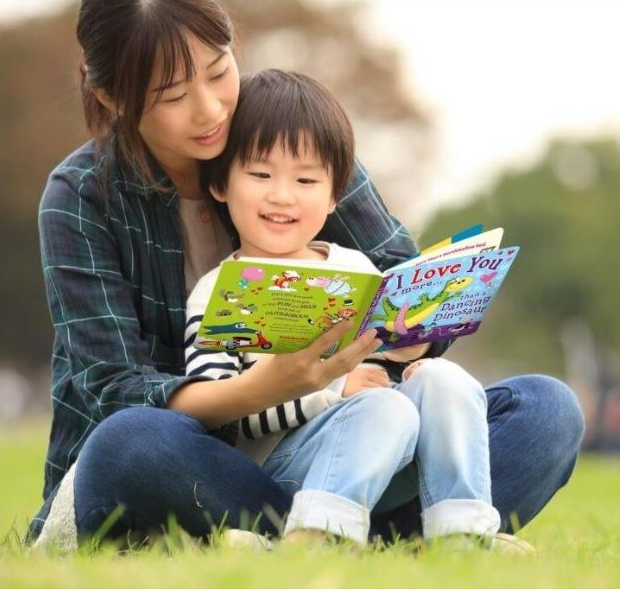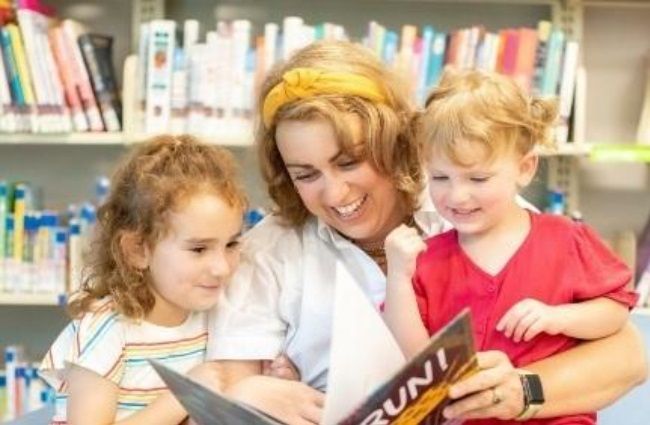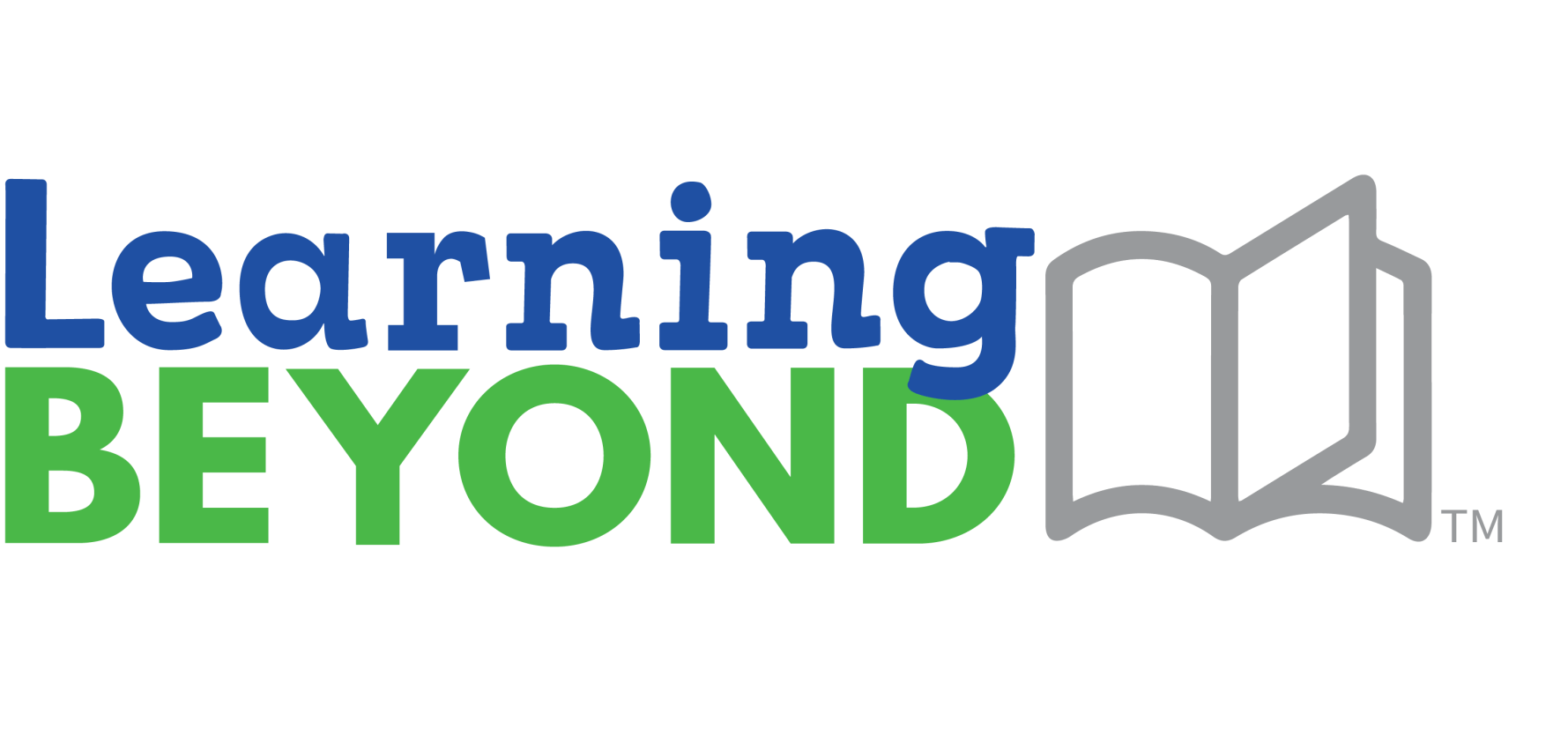Celebrating Family Literacy Month:
Building Strong Readers Starts at Home
By: Suzanne Adinolfi, Ph.D. | November 19, 2025

November is Family Literacy Month, a time to celebrate the essential role families play in shaping a child’s literacy journey. Reading is more than an academic skill; it is a shared experience that nurtures language, imagination, and belonging. For early childhood educators and families, this month is a powerful reminder that literacy begins long before a child can read, and that home is one of the most influential environments for early learning
Research suggests that reading aloud to children is the single most important activity for building early literacy skills (National Institute of Child Health and Human Development, 2000). Story time not only provides moments of connection that are essential to developing brains, it also creates a powerful foundation for future reading success. Reading with young children supports language learning, cognitive growth, and social-emotional development.

The Science of Reading: What Families Should Know
The Science of Reading is a comprehensive body of interdisciplinary research that explains how children learn to read. It identifies five key components of literacy development:
- Phonemic Awareness – Recognizing and manipulating sounds in spoken words.
- Phonics – Understanding the relationship between sounds and letters.
- Fluency – Reading with speed, accuracy, and expression.
- Vocabulary – Knowing and using word meanings.
- Comprehension – Understanding and interpreting text.

Reading aloud with children naturally strengthens many of these areas. For instance, playing with rhymes supports phonological awareness, while introducing new words builds vocabulary, and asking questions about the story supports comprehension.
Here are simple, research-backed ways families can foster literacy at home:
- Read Aloud Daily – Choose books with rhythm, repetition, and engaging illustrations.
- Talk and Sing Often – Narrate daily routines, sing songs, and ask open-ended questions.
- Play With Sounds – Rhyming games, songs, and alliteration build phonemic awareness.
- Create a Print-Rich Environment – Label items, display books, and encourage scribbling.
- Celebrate Culture and Language – Share stories, songs, and traditions from your heritage.
Final Thoughts
Family Literacy Month is a time to celebrate the powerful role families play in nurturing a love of reading and learning from the very beginning of a child’s life. For early childhood educators and families alike, this month is a reminder that literacy starts long before a child can read and that the home is one of the most influential places for literacy development. By embracing the Science of Reading and partnering with families, early childhood educators can ensure every child has the opportunity to become a confident, joyful reader. Whether it is a bedtime story or a nursery rhyme at the grocery store, every word counts! This month and every month, celebrate the magic of family reading. It is one of the most powerful gifts we can give young children.
References:
- National Institute of Child Health and Human Development. (2000). Report of the National Reading Panel: Teaching children to read. U.S. Government Printing Office.

About the Author:
Dr. Suzanne Adinolfi, Ph.D.
Suzanne is the Director of Research and Content Development at Learning Beyond Paper, Inc. She holds a Ph.D. in Early Childhood Education and additional degrees in Exceptional Student Education and Psychology from Florida State University and Palm Beach Atlantic University. Her career includes 13 years at Florida’s Division of Early Learning, where she developed early learning content and led initiatives like the revision of the Florida Early Learning and Developmental Standards. She also has extensive experience facilitating the inclusion of children with special needs and mental health issues into various childcare settings. With over 10 years of classroom teaching and six years of undergraduate teaching experience, Suzanne brings a wealth of knowledge and passion to her current role. Her research is focused on teacher education, curriculum design, and the use of service learning in early childhood classrooms, which she co-authored an article on for NAEYC’s Young Children publication.


